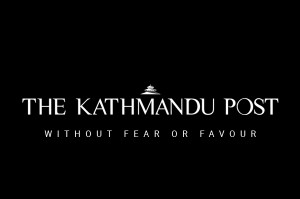Valley
Metropolis teams to inspect goats at five centres in city
As residents prepare to celebrate Dashain festivities, Kathmandu Metropolitan City (KMC) said its officials will inspect animals at five goat-trading areas in the metropolis to ensure health safety.
As residents prepare to celebrate Dashain festivities, Kathmandu Metropolitan City (KMC) said its officials will inspect animals at five goat-trading areas in the metropolis to ensure health safety.
KMC Spokesperson Gyanendra Karki said the metropolis will strictly monitor the caprine animals from Ghatasthapana (October 10) in association with District Livestock Service Office, Nepal Food Corporation and Nepal Agricultural Council.
The metropolis inspects goats brought to Kathmandu for feasting during Dashain every year. Goat meat consumption spikes significantly during the biggest Hindu festival.
Nepal Livestock Traders Association (NLTA) estimates consumption of more than 60,000 goats in the Valley during the festival.Around 450 traders would sell live goats this year. Last year, 55,000 goats ended up on the dining tables of consumers in the Valley during the festival.
NLTA President Deepak Thapa said, “The reason for the increase in goat meat consumption is the increasing density of population in Kathmandu Valley,” said Deepak Thapa, president of the NLTA .
The metropolis will deploy four different teams to inspect goats that involve a veterinary doctor, Nepal Police, KMC City Police and local representative of different wards. The teams will inspect Kalanki Khasi Bazar, Tukucha Khasi Bazaar, Bijuli Bazaar, Tinkune, and Bijuli Bazaar.
The inspection teams will mark green colour on the horn of healthy goat and red for sick.“This year the metropolis has decided to seize unhealthy goats and return them after treatment,” said Karki. The unhealthy goats would be under medical observation for 24 hours and given appropriate treatment.
Officials at the Livestock Service said it has already deployed security staff to check dead goats’ entry. The metropolis has been monitoring the health of goats during Dashain for the past five years.The Kathmandu valley consumes an average of 3,000 goats. Thapa said, this year, too, they would import 80 percent of goats from India and 20 percent from Nepal.
The Kathmandu valley has a population of over 5 million people. Traffic Police estimates over 3 million people would travel out of the Valley to celebrate Dashain in their hometowns.




 14.95°C Kathmandu
14.95°C Kathmandu












